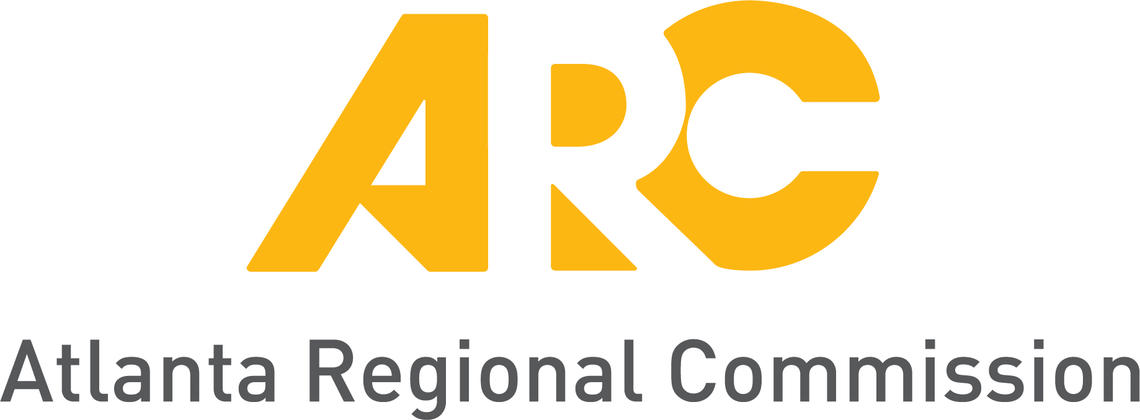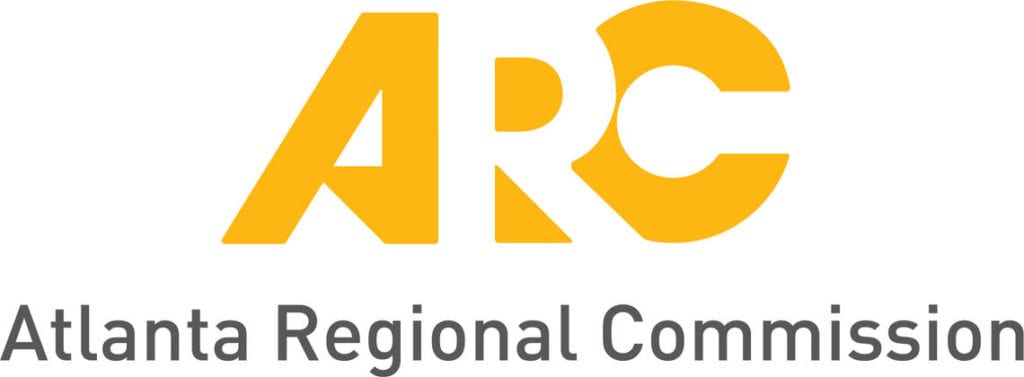
The Atlanta Regional Commission Board has approved a major update to the Atlanta Region’s Plan that allocates $173 billion in federal, state, and local funding through 2050 to improve mobility and safety in metro Atlanta.
Notable projects in Rockdale that will begin in the next decade include:
- Sigman Road–The widening of Sigman Road, currently under design, will be extended three miles to provide better access to Rockdale General Hospital and the Georgia International Horse Park. Funding is provided for engineering, with construction scheduled to start as soon as 2026.
- Courtesy Parkway– This road will be extended by 1.5 miles and realigned to provide congestion relief and improved access across I-20. Funding is provided for the purchase of right-of-way, with construction to start as early as 2026.
- I-20 East interchange improvementsat SR 138/20 (Walnut Grove Road/McDonough Highway) to provide a safer and more efficient design.
The plan aims help keep pace with growth in metro Atlanta. ARC forecasts Rockdale will add 24,000 people by 2050, bringing the county’s total population to more than 113,000. The 20-county region is forecast to add 2.9 million people by 2050, bringing the total population to 8.6 million.
TheAtlanta Region’s Planis a long-range blueprint that details the investments, programs and services needed to ensure metro Atlanta’s future success by providing world-class infrastructure, fostering healthy, livable communities, and developing a competitive economy.
The ARC board approved the funding allocation to Rockdale as part of a broad update of the transportation portion of the Atlanta Region’s Plan. This update includes $172.6 billion in federal, state and local funding through 2050 to improve mobility and safety across the 20-county Atlanta region.
The plan, developed in close collaboration with local governments and transportation agencies and with robust public input, includes projects and programs designed to improve roads and highways, enhance transit options, expand the region’s network of multi-use trails, and encourage alternative commuting options such as carpooling and teleworking.
“The Atlanta Region’s Plan offers a balanced, strategic approach to keep our region moving forward, even as our population continues to grow,” said Doug Hooker, Executive Director of ARC. “This plan will help metro Atlanta remain competitive, with a high quality of life, in the decades to come.”
The plan’s potential impact is significant, from cleaner air to reduced congestion. For example, annual transit ridership is expected to more than double, from 510,520 riders today to over 1.1 million in 2050. And tailpipe emissions will decrease by 21,182 tons per year.
The full list of transportation projects, including an interactive map can be found at atlantaregionsplan.org. Here are some highlights:
- Maintenance and safety:About $102 billion, or nearly 60% of the total, is earmarked to maintain and upgrade the infrastructure that’s already in place. Projects include resurfacing roads, repairing bridges, and replacing aging buses and rail cars.
- New transit options:$11 billion is programmed for transit expansion projects, including high capacity transit in Clayton County, expansion of the City of Atlanta’s streetcar network, and bus rapid transit lines in Atlanta and Clayton. Longer-range projects include a bus rapid transit lines in Gwinnett and Cobb counties.
- Mobility alternatives:About $10 billion is dedicated to projects and programs that reduce congestion by encouraging alternative ways of getting around the region. This includes expansion of the region’s bike-ped trails and funding for ARC’s Livable Centers Initiative, which helps communities transform into more vibrant places where it’s possible to walk from home to work to the store or restaurant
- Tackling traffic bottlenecks:The Regional Transportation Plan provides about $27 billion for key interchange and highway improvements throughout metro Atlanta. Highway projects due to start construction in the next decade include Xpress lanes on the top-end Perimeter,I-285 East, and I-285 West, and reconstruction of the two interchanges where I-20 meets I-285.


![Validate my RSS feed [Valid RSS]](https://web.archive.org/web/20240108205913im_/https://ocgnews.com/wp-content/uploads/2022/07/valid-rss-rogers.png)


